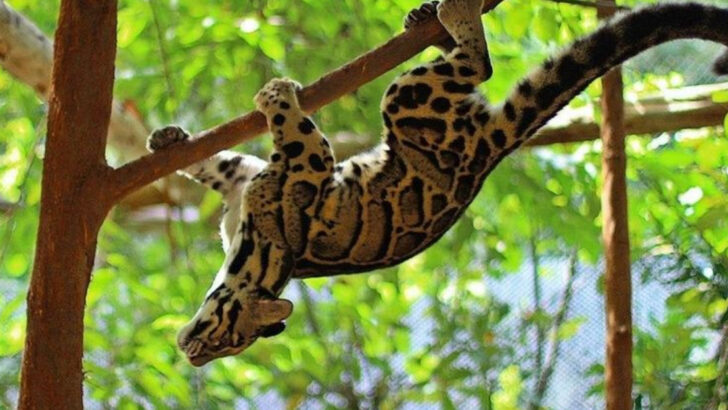You could hike for days and never see a single one. Mountain mammals are masters of hide-and-seek—built for cliffs, shadows, and silence. While most of us focus on the peaks, these creatures move like ghosts just out of sight. From shaggy legends perched on crags to tiny climbers that vanish in a blink, many of these animals are seen so rarely they almost feel like folklore. And just when you think you’ve spotted the rarest of them all—there’s another, even more mysterious, leaving only tracks behind. Some are curious, some shy, and a few are downright impossible to find… unless you know where to look. Let’s go higher, quieter, and deeper into the mountains to meet the secret residents of America’s wildest places.
Alpine Ibex
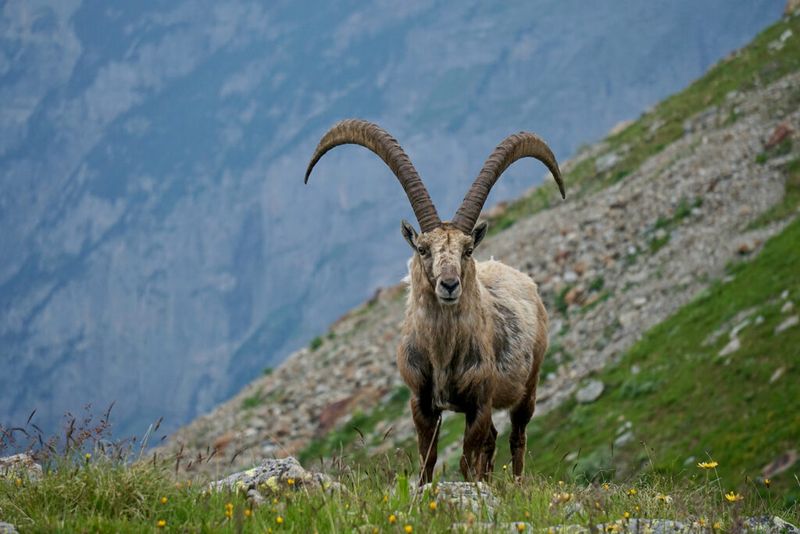
With its majestic horns and agile movements, the Alpine Ibex commands attention. These skilled climbers navigate steep mountain terrains with ease, their hooves adapted to grip the rocky surfaces. Found in the European Alps, their striking horns can grow up to 40 inches long.
Despite their impressive presence, they are rarely seen due to their preference for high altitudes and rocky cliffs. During winter, they descend to lower altitudes, but remain elusive. Their population once dwindled due to hunting, but conservation efforts have helped rebound their numbers.
Snow Leopard

Known as the “ghost of the mountains,” the Snow Leopard’s elusive nature and stunning appearance enthrall wildlife enthusiasts. With their thick fur and long tail, they blend seamlessly into their snowy surroundings.
Inhabiting rugged mountainous regions across Central Asia, they are rarely spotted due to their solitary lifestyle and vast roaming areas. These powerful predators are adept at hunting in steep and rocky terrains, their padded paws allowing silent movement.
Conservationists work tirelessly to protect them, as habitat loss and poaching threaten their survival.
Pika
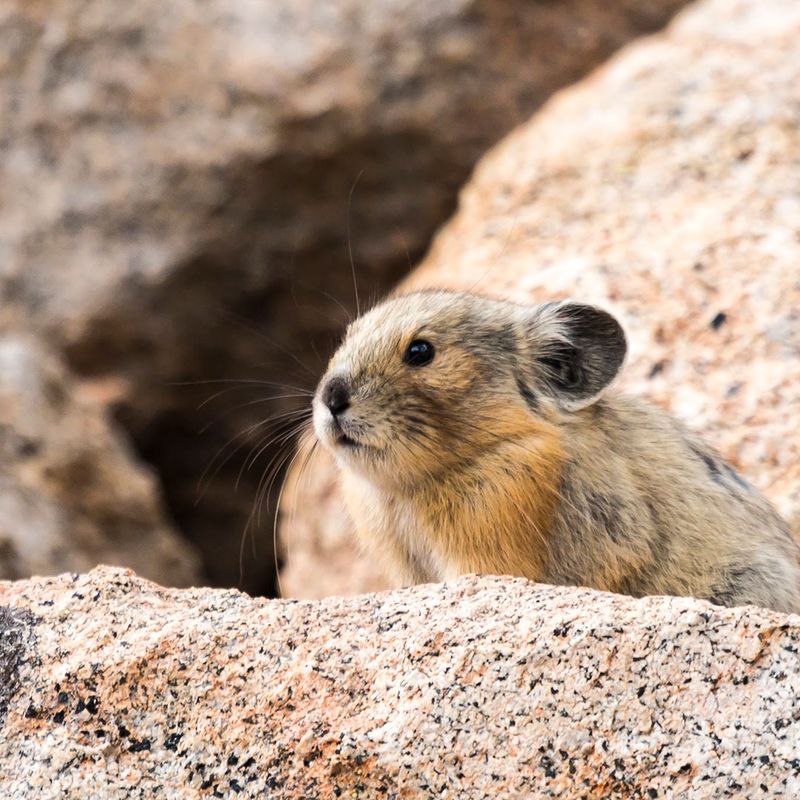
Tiny, round, and charming, the Pika is a small mammal that thrives in alpine environments. Often heard before seen, their high-pitched calls alert others to danger.
Living among the talus slopes, they gather and store food for the long winters, making hay piles to survive. Though they resemble rodents, Pikas are more closely related to rabbits.
Their vulnerability to climate change, affecting their habitat, makes sightings increasingly rare. In the face of adversity, Pikas continue to embody resilience and adaptation within their rocky homes.
Mountain Goat
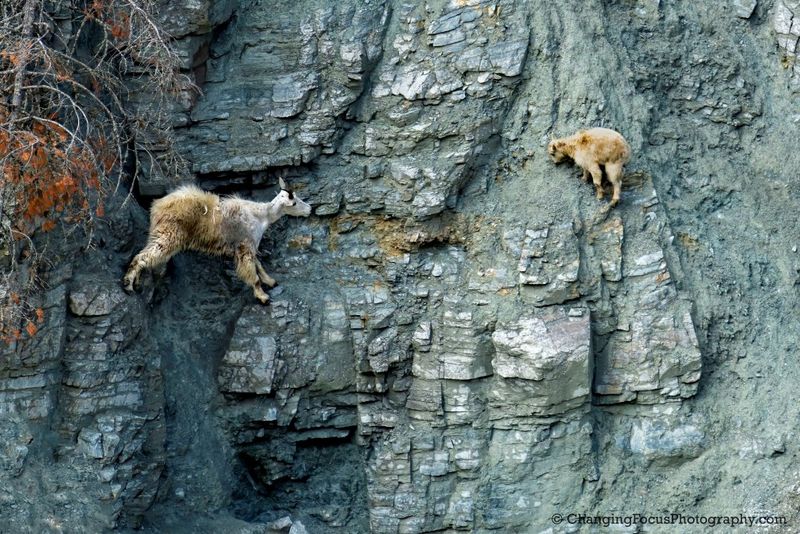
The Mountain Goat, with its sturdy build and sure-footed nature, excels in high-altitude climbing. Their white fur offers camouflage against snowy backdrops, while muscular legs and specialized hooves aid in scaling cliffs.
These goats are found in North America, particularly in the Rocky Mountains. Despite their size, they remain elusive, often retreating to inaccessible terrains.
A sighting of a Mountain Goat in its natural habitat is a testament to nature’s engineering marvels. Their presence signifies the health of their mountainous ecosystem, where they play a crucial role.
Marmot
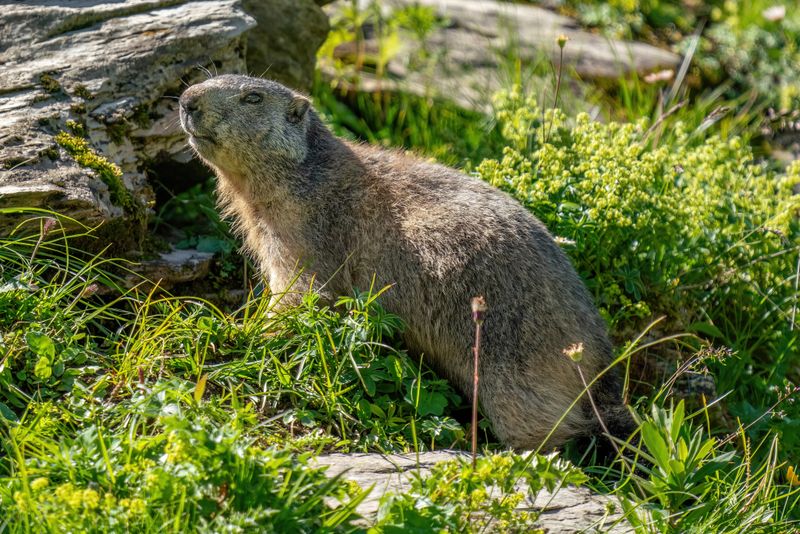
Chubby and curious, Marmots are a delight to spot in their mountain homes. These burrowing mammals hibernate for half the year, emerging in spring to feast on fresh vegetation.
Found across the mountainous regions of North America and Eurasia, they are social creatures, living in colonies. Although relatively common, they are not easily seen due to their underground habits.
Marmots communicate through whistles, warning of predators. Their playful antics and robust physiques are reminders of the vibrant life thriving in alpine ecosystems.
Wolverine
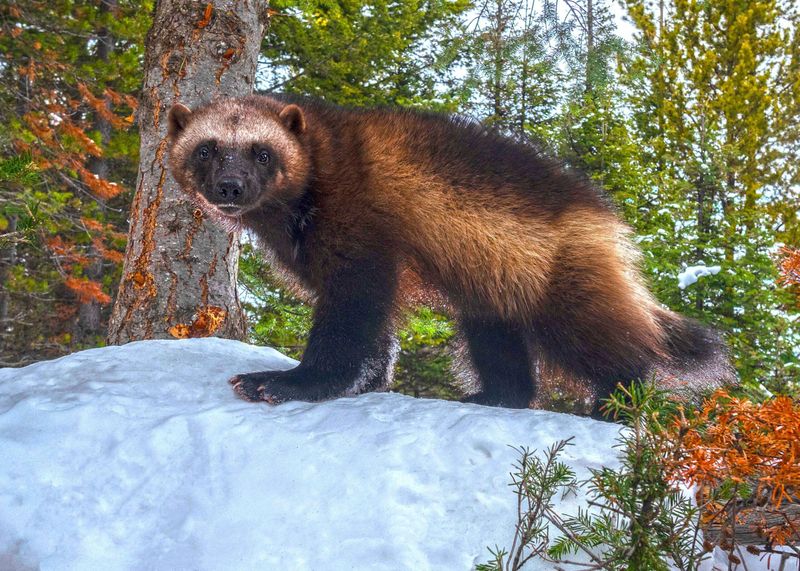
Ferocious and fearless, the Wolverine embodies the wild spirit of the mountains. Known for their strength and tenacity, they inhabit remote forested and alpine regions.
Their solitary lifestyle and vast territories make them difficult to spot. Wolverines are scavengers, relying on carrion in harsh winters, and are capable predators in their own right.
While often misunderstood, they play a vital role in their ecosystem. Conservation efforts aim to protect their habitats from human encroachment and climate change, ensuring their continued survival.
Lynx
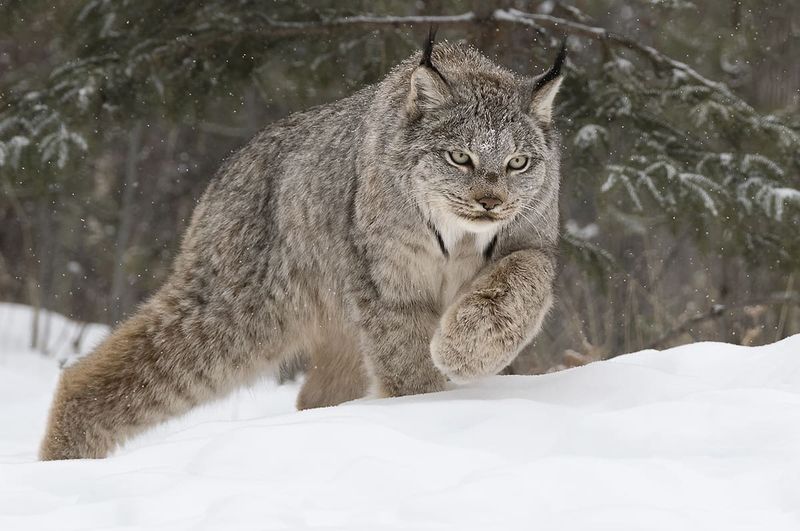
Silent and stealthy, the Lynx moves through its forest domain with an air of mystery. With tufted ears and a short tail, its appearance is unique among wild cats.
Lynx inhabit high-altitude forests in North America, Europe, and Asia, where their elusive nature makes sightings rare. They are adept hunters, preying mainly on hares and small mammals.
Their thick fur provides insulation against cold, while their keen senses ensure successful hunts. Efforts to preserve their habitats are crucial for maintaining healthy populations.
Tahr
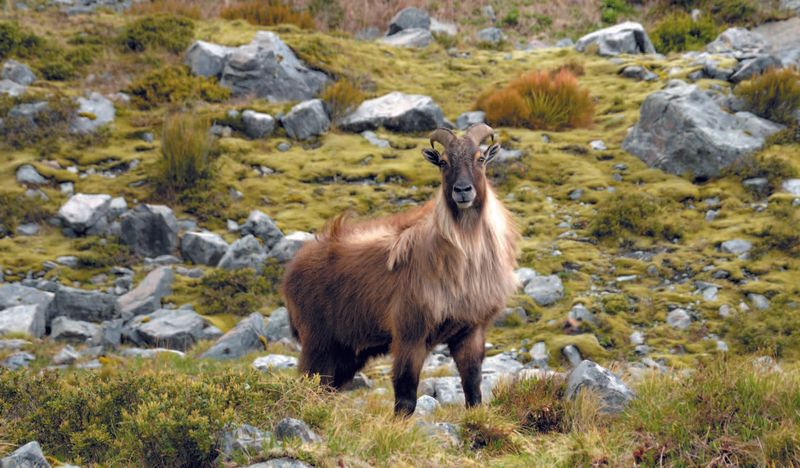
The Himalayan Tahr, with its flowing mane and rugged appearance, is a symbol of mountainous endurance. These herbivores are skilled climbers, navigating the steep slopes of the Himalayas.
Their thick, woolly coats provide protection against cold climates, while their keen eyesight aids in spotting predators. Despite their size, Tahrs are elusive, preferring to graze on isolated hillsides.
Adaptability is their strength, thriving in conditions that would challenge many. Conservation efforts are vital to protect their numbers from the threats of habitat loss and hunting.
Mountain Lion
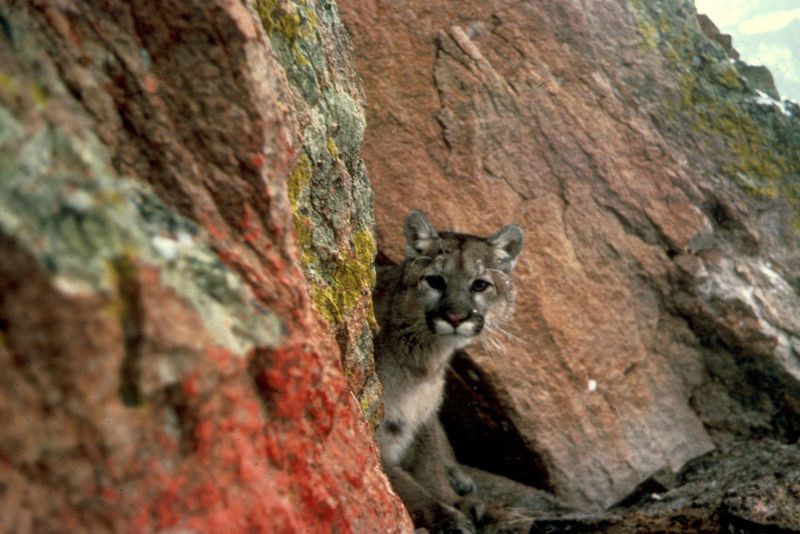
Powerful and graceful, the Mountain Lion commands respect in its mountainous realm. Their adaptability allows them to thrive across diverse terrains, from forests to deserts.
Sightings are rare, as they are solitary and primarily nocturnal hunters. These big cats are known for their silent stalking, relying on stealth and agility to catch prey.
Found across the Americas, they play a crucial role in balancing ecosystems. Conservationists focus on mitigating human-wildlife conflicts, ensuring these majestic creatures continue to roam their natural habitats.
Chamois
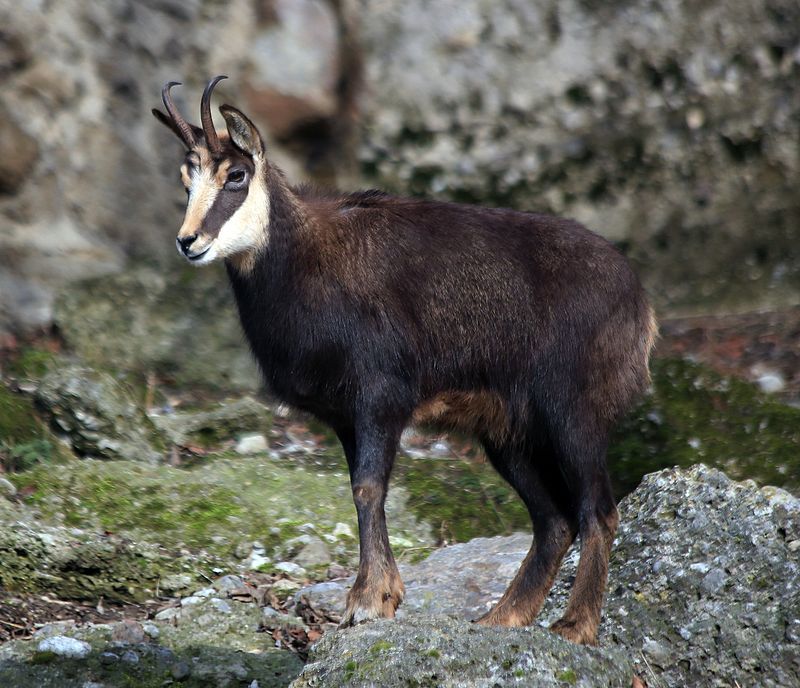
Agile and alert, the Chamois embodies the spirit of alpine life. These nimble creatures are adept at navigating rocky terrains, their hooves designed for gripping steep surfaces.
Chamois inhabit European mountains, where they are known for their speed and sure-footedness. Despite their numbers, they remain elusive, blending into the rugged landscapes.
Their horns are a defining feature, curving sharply backward. Chamois are often hunted in the past, but now protected in many regions, ensuring their survival and continuation of their alpine legacy.
Clouded Leopard
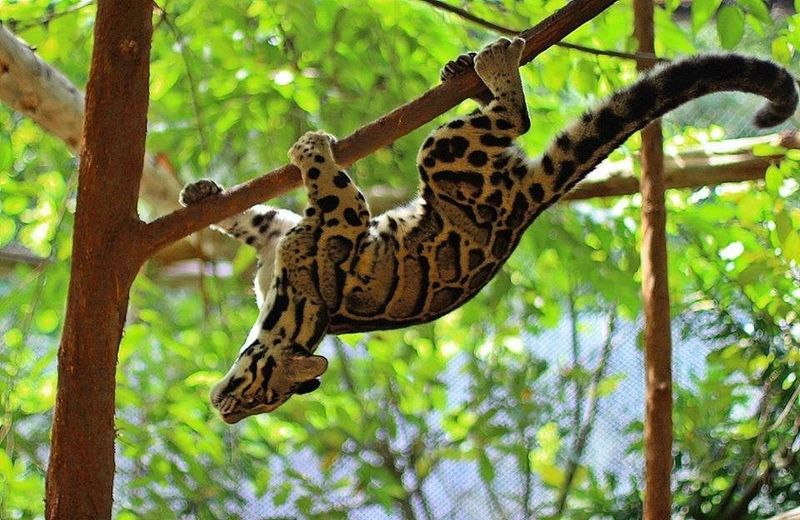
The Clouded Leopard, with its beautifully patterned coat, is among the most elusive of big cats. These arboreal hunters excel in climbing, often found resting in trees.
Inhabiting forests of Southeast Asia, they are rarely seen due to their secretive nature and dwindling habitats. Their long tails provide balance, aiding in their agile movements.
While not true leopards, they occupy a unique evolutionary niche. Conservation efforts focus on habitat protection to ensure these mesmerizing creatures continue to grace the forests.
Red Panda
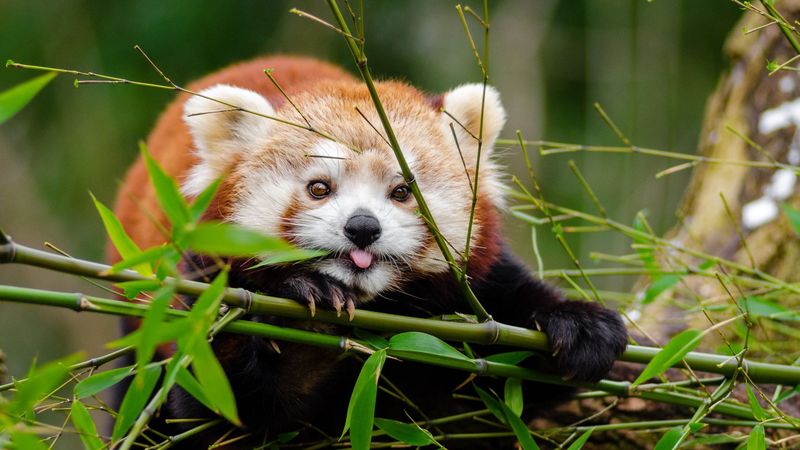
Charming and charismatic, the Red Panda is a sight to behold in its forested home. With its reddish-brown fur and bushy tail, it is a master of disguise among the bamboo.
Native to the Himalayas and Southwestern China, Red Pandas are rarely seen due to their solitary and nocturnal habits. They mainly feed on bamboo, supplemented by fruits and insects.
Their playful antics and endearing appearance have captivated many, leading to conservation efforts to protect their habitats from deforestation and fragmentation.
Eurasian Lynx
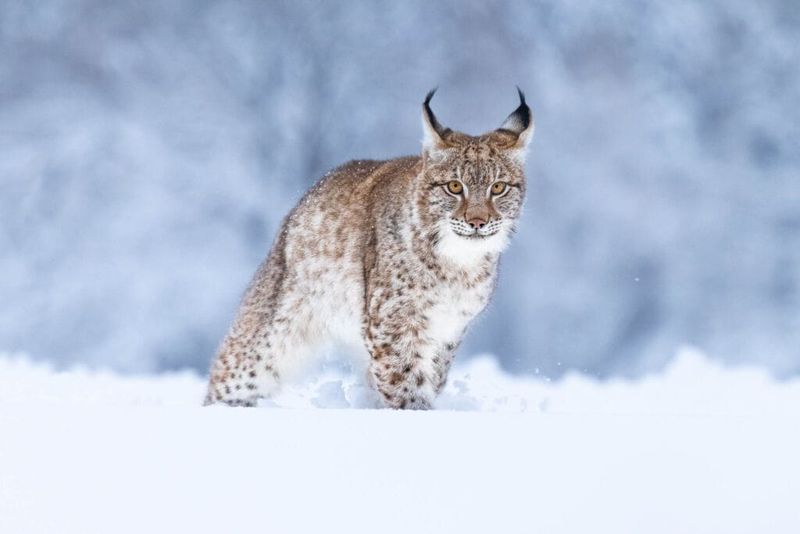
The Eurasian Lynx, with its tufted ears and spotted coat, is a master of camouflage in its snowy forest home. These solitary predators are rarely encountered, wandering large territories in search of prey.
Inhabiting vast regions across Europe and Asia, their presence signifies a healthy ecosystem. Their diet primarily consists of deer, hares, and rodents.
Despite their elusive nature, conservation programs aim to monitor and protect these magnificent creatures, ensuring they continue to silently roam through their pristine habitats.
Saiga Antelope
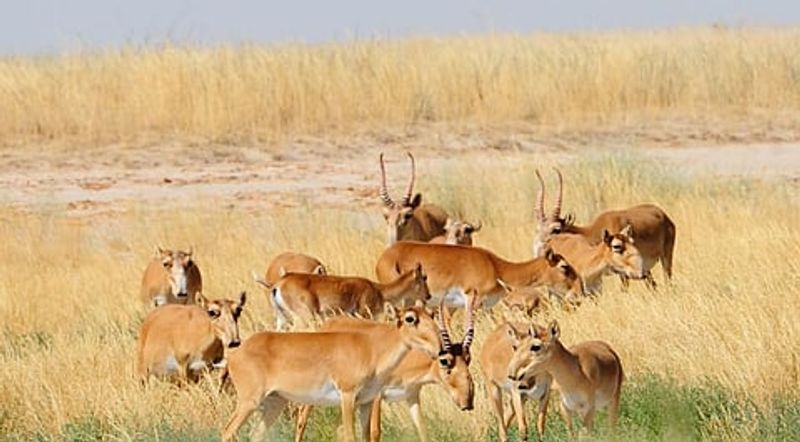
The Saiga Antelope, with its bulbous nose and lanky frame, is a unique inhabitant of the steppes. These antelopes are known for their speed and migratory behavior, covering vast distances.
Native to Eurasia, their populations have drastically declined due to poaching and habitat loss, making them exceedingly rare. Their specialized noses help filter dust and regulate body temperature.
Efforts to protect these ancient creatures focus on anti-poaching measures and habitat restoration, hoping to increase their numbers in the wild.
Bharal
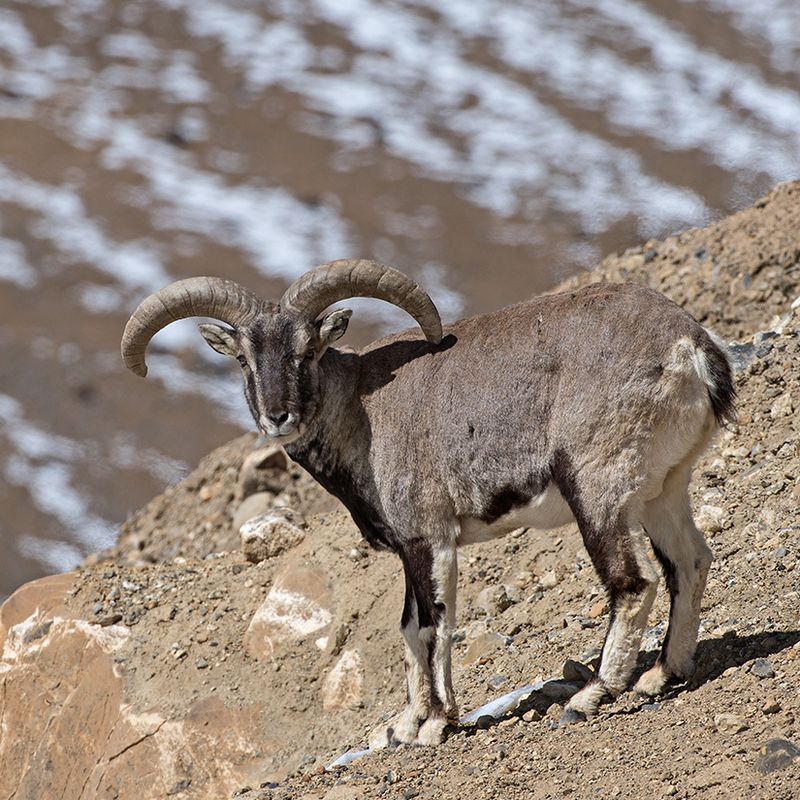
The Bharal, also known as the Blue Sheep, is a remarkable example of mountain adaptation. These herbivores navigate the rocky slopes of the Himalayas with grace, their blue-grey coats offering perfect camouflage.
Their agile movements and ability to thrive in high altitudes make them difficult to spot. Bharals are social animals, congregating in groups for protection against predators like snow leopards.
Conservation efforts aim to protect their habitats from human encroachment, ensuring these elegant creatures continue to grace the mountains.
Andean Condor
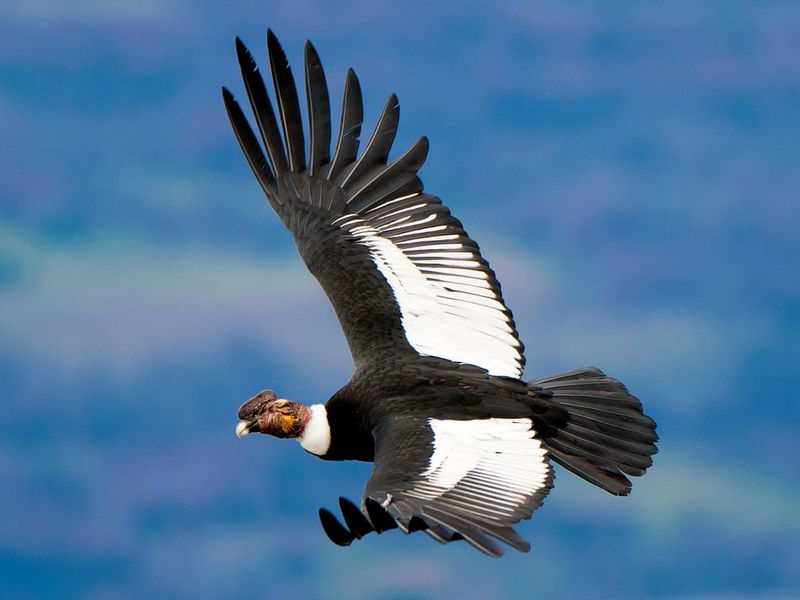
The Andean Condor, with its enormous wingspan, is a breathtaking sight in the skies over South America. As one of the world’s largest flying birds, it commands the air with effortless grace.
Despite their size, sightings are rare, as they inhabit remote Andean regions. These scavengers play a vital role in their ecosystem, feeding on carrion to maintain ecological balance.
Conservation initiatives focus on habitat protection and awareness to combat threats like habitat destruction and poisoning, ensuring these majestic birds continue to soar.
Markhor

With striking spiral horns and a regal presence, the Markhor is a symbol of the rugged mountain wilderness. These agile climbers inhabit the rocky terrains of Central Asia.
Although they possess a formidable appearance, their numbers have dwindled due to poaching and habitat loss. Markhors are social, often found in small herds.
Conservation efforts focus on curbing illegal hunting and preserving their habitats, ensuring the survival of these magnificent creatures, whose horns are a testament to nature’s artistry.
Giant Panda

The Giant Panda, an icon of wildlife conservation, is a gentle giant of the bamboo forests. With their distinctive black and white coats, they are beloved worldwide.
Native to China, their elusive nature means they are rarely seen in the wild. Pandas’ diets consist mainly of bamboo, and they play a crucial role in their ecosystem.
Conservation efforts have successfully increased their numbers, focusing on habitat preservation and research. The Giant Panda remains a symbol of hope and determination in conservation history.
Sierra Nevada Red Fox
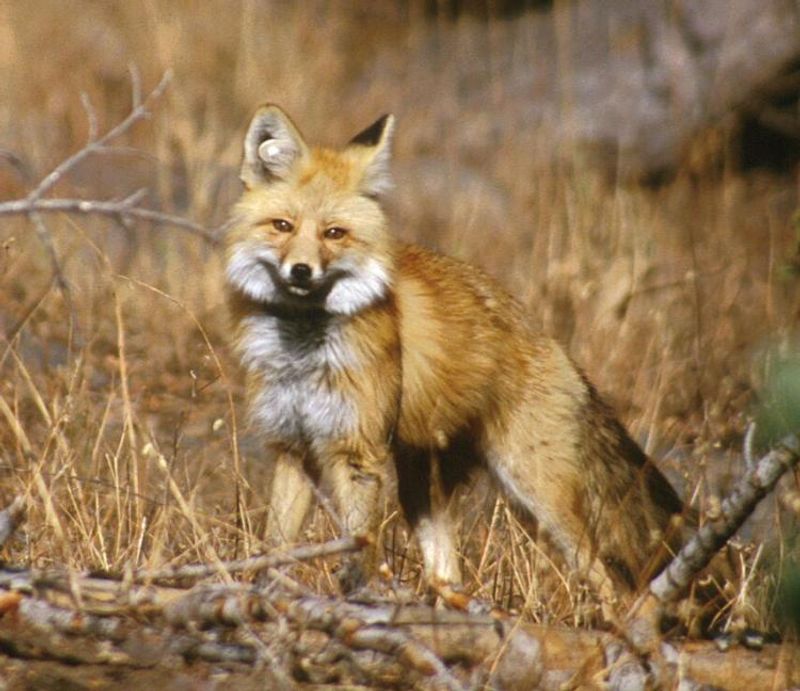
Perched high in the remote reaches of the Sierra Nevada, the Sierra Nevada Red Fox is a true ghost of the mountains. This fox is so elusive that even experienced trackers consider it a lucky day when they catch a glimpse. Distinguished by its striking red fur and bushy tail, it thrives in the cold, alpine environments.
Despite being one of the rarest mammals in North America, this fox has adapted remarkably to the harsh conditions of its habitat. It’s a creature of the night, making it even harder to spot.
Conservation efforts are underway to protect this unique species, and research continues to understand its behaviors and needs better.

